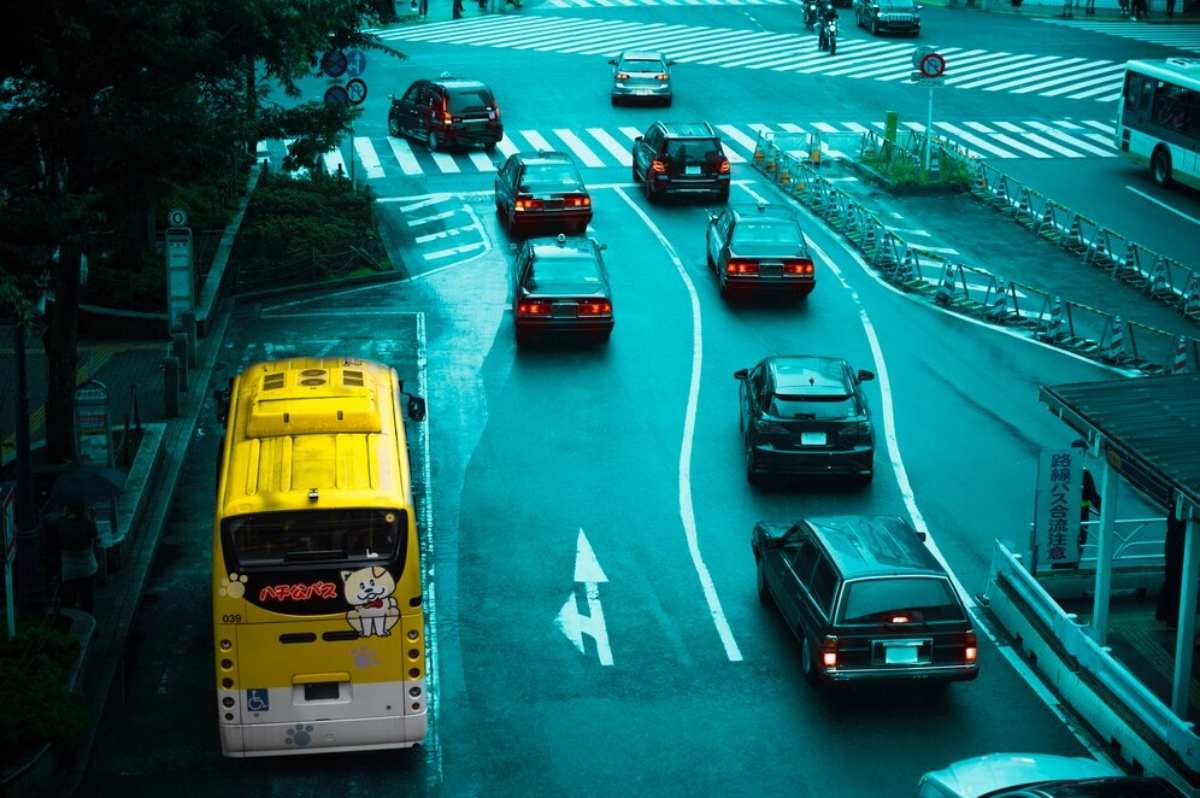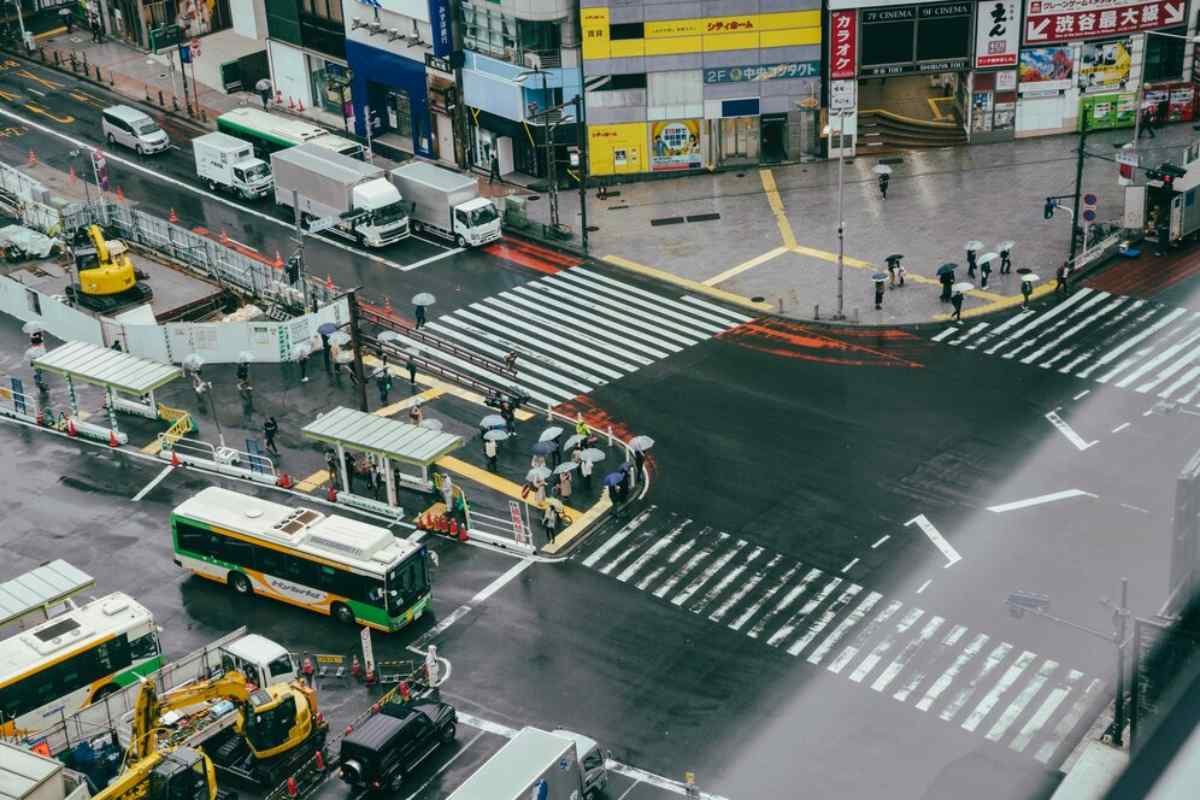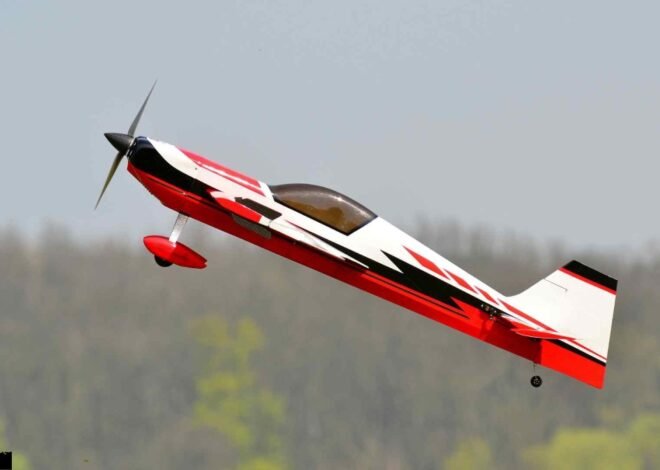
What is The Contraflow System? A Comprehensive Guide
Hey there! And, like the elements of the universe, theory tests are about the same – tough! And you’ve only got two hands to make a thousand corrections, right? So, that’s completely normal, and we totally know how hard it is, especially when you get started in that position. And goodness me, don’t worry since we are here to make it all so clear and understandable! Today, we are going to unveil the concept of a contraflow system, that can be perceived as a jamming idea for some.
Ever heard of them?
No panic if you did not come along!
Get ready to digest it in easily comprehensible nutrients.
Picture this: As you’re speeding down the motorway, and -suddenly, you notice “an unexpected lane change” comes ahead. That’s a contraflow system in action!
But where do they pop up?
UGH.
Should I chronologically, alphabetically, or randomly organize tab dividers?
How in the world am I supposed to keep track of them all?
Alright!
Hang in there, and we will disclose everything that you’ve been waiting for.
By building motorways, bus lanes, and cycling tracks, we will be shaping the whole system.
Needless to say, by the offering end of this article, you’ll be able to do contraflow confidently.
Therefore, allow us to begin our investigation, how about?
Ready, set, let’s roll!
What is The Contraflow System?

Ever heard of a contraflow system?
It is just your regular highway traffic that changes the lanes, but not ominously of course!
See vehicles going on the highway as normal, however, not with them following the rules and driving in the same directions. That’s a contraflow system in action!
Originally, it was all about temporary setups, especially on motorways.
But guess what?
Traffic management has evolved, and now contraflow isn’t just a temporary fix. It’s become a permanent feature, especially in bustling areas, for buses and cyclists.
Now, here’s the fun part: spotting the contraflow system sign!
It’s like a little puzzle on the road. You are likely to have as different versions of it as you can as this could form a basis of comparison.
Therefore, if you are preparing for your driving theory test, it’s important that you’ve got everything essential covered covered.
Even more important is becoming the perfect “general”.
What is The Contraflow System on Motorways?
Alright, let’s break down what happens with a temporary contraflow system, especially on motorways.
Picture this: I hesitate here, not quite sure about how to continue.
Probably, it’s the road repair work going on or a serious incident which occurred resulting in the closure of one lane.
Aha, contraflow system to the rescue.
So, when this contraflow thing kicks in, it’s like a switcheroo for traffic. Instead of everyone sticking to their usual lanes, they’re directed to drive on the opposite side of the motorway.
How do you know where to go?
Well, those trusty traffic cones step in as makeshift lane dividers, keeping incoming and oncoming traffic apart.
Now, driving in a contraflow isn’t your typical cruise. It is vital that if you want to achieve the highest stakes of the competition you need to be properly focused and emotionally prepared.
The grey area between the two types of riding is that there’s usually no super-permanent separation between you and the oncoming traffic lanes (and • they can be kind of narrow).
Also, you have to stay alert.
Get into the right lane early and stick to it like glue.
So, remember to keep a little space between the car in front and be alert for any speed limits that are presently in effect.
But wait, there’s more!
While driving around REMEMBER to be on the lookout for potential hazards like abandoned vehicles or earlier mishaps resulting from smaller crashes.
And here’s a curveball: sometimes, that cozy little hard shoulder might be roped into action for traffic, so stay flexible with your driving approach.
Navigating a contraflow system is like solving a puzzle on wheels.
Keep your wits about you, follow the signs, and you’ll cruise through it like a pro!
Contraflow System: Bus Lane
Let us behold in this article the captivating universe of contraflow bus lanes – these mysterious paths serve to zip buses along traffic jams and make their journey to the terminal as one would witness a lightning strike.
Picture this: Even though the buses were on the same route as other vehicles before, their sole measure of ease now is the premium lanes used exclusively by busses.
You’ll often stumble upon these contraflow bus lanes nestled within one-way streets, defying the flow of traffic in the opposite direction.
How can you tell you’ve entered one?
Keep a keen eye out for those sleek blue road signs that serve as your beacon of guidance.
And remember, familiarizing yourself with these signs isn’t just for passing your theory test – it’s about enhancing the efficiency of bus travel for all.
Navigating the intricacies of contraflow bus lanes isn’t merely a test-taking strategy; it’s a means to streamline bus journeys and make commuting smoother for everyone involved.
So, the next time you find yourself cruising down the street, keep your senses sharp for those elusive lanes.
You never know – you might just find yourself breezing through your commute in record time!
Contraflow System: Cycle Lane
Now let’s look closely at some of the attributes of cycle lanes, which are being used as contraflow.
Picture this: as you are driving, and out of nowhere you find that there is another lane just for bikes and they really have their own space separate from the one people use driving their motor vehicles.
Such cycle lanes become the secret valuables for the riders with bikes as they allow them to get away from it all – the hustle and bustle; it is not easy to navigate among the busy roads, unsafe intersections, and other dangers.
Imagine a devoted bicycle lane where you can freely coast, you can bike wherever you want, humming the world around you. It’s like having your own little highway just for bikes.
Now, here’s where you come in as a driver. Keep your eyes peeled for those distinct blue road signs that signal the presence of a contraflow cycle lane nearby.
Also, if a cyclist goes against you, it is vital that you allow him/her enough space that suits the designated lane.
When you drive, be aware that you aren’t the only user of the road. It means you also have to keep an eye on others’ security.
Therefore, the next time you choose to walk, do not fail to watch out for such safer and responsibly-shared lanes.
Happy cycling and driving!
To Conclude
Navigating through contraflow systems can throw even the most seasoned drivers off balance.
That’s why being thoroughly prepared for these situations is absolutely crucial – not just for acing your driving theory test, but also for confidently tackling real-life driving challenges.
Now, let’s break it down: there are three main types of contraflow systems to wrap your head around – motorway, bus, and cycle lanes.
Mastering all three requires diligent study of the pertinent road signs and familiarizing yourself with how traffic flows in these setups.
By doing so, you arm yourself with vital knowledge to navigate these scenarios with ease when the time comes.
You May Like Also:












